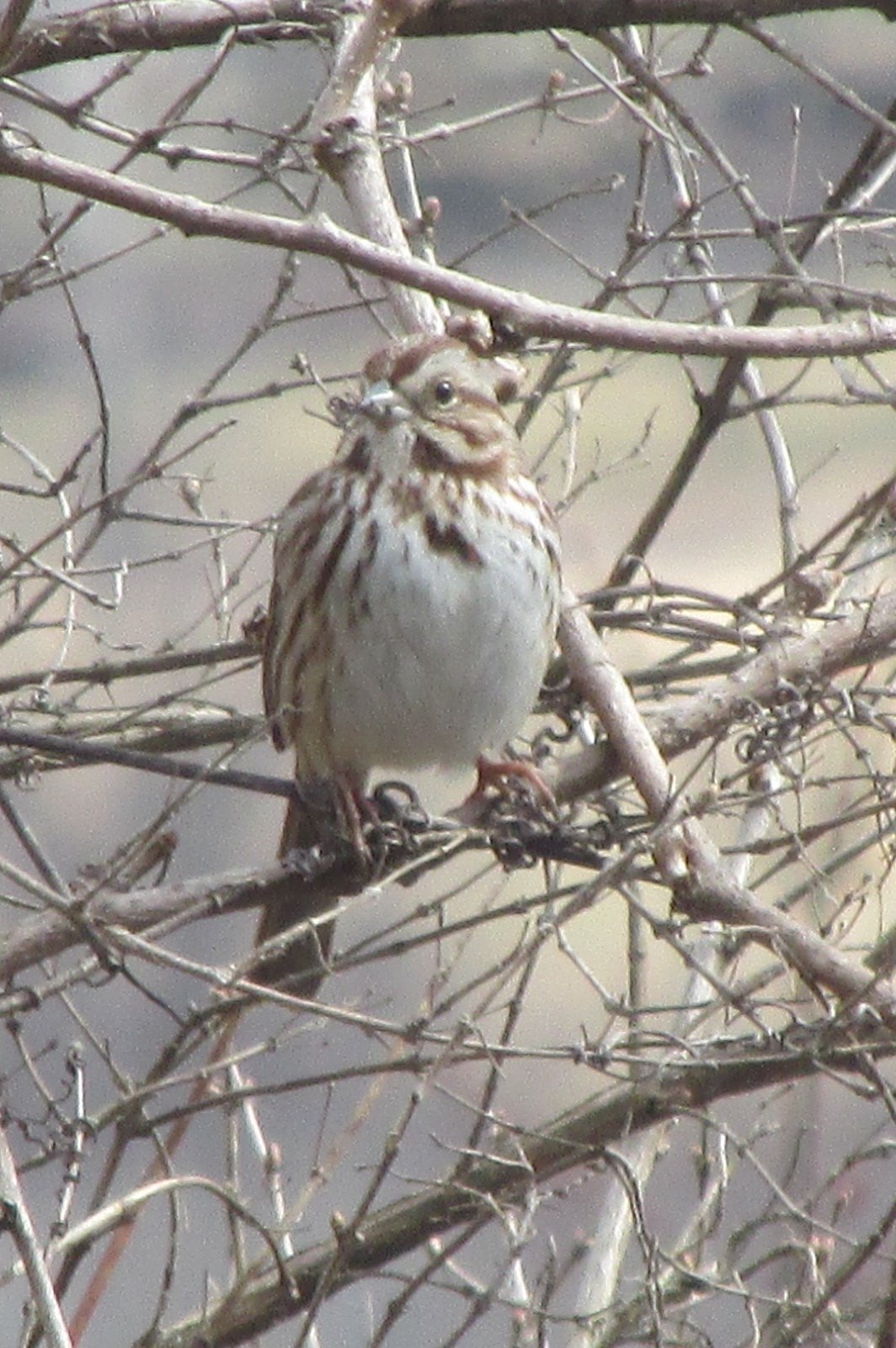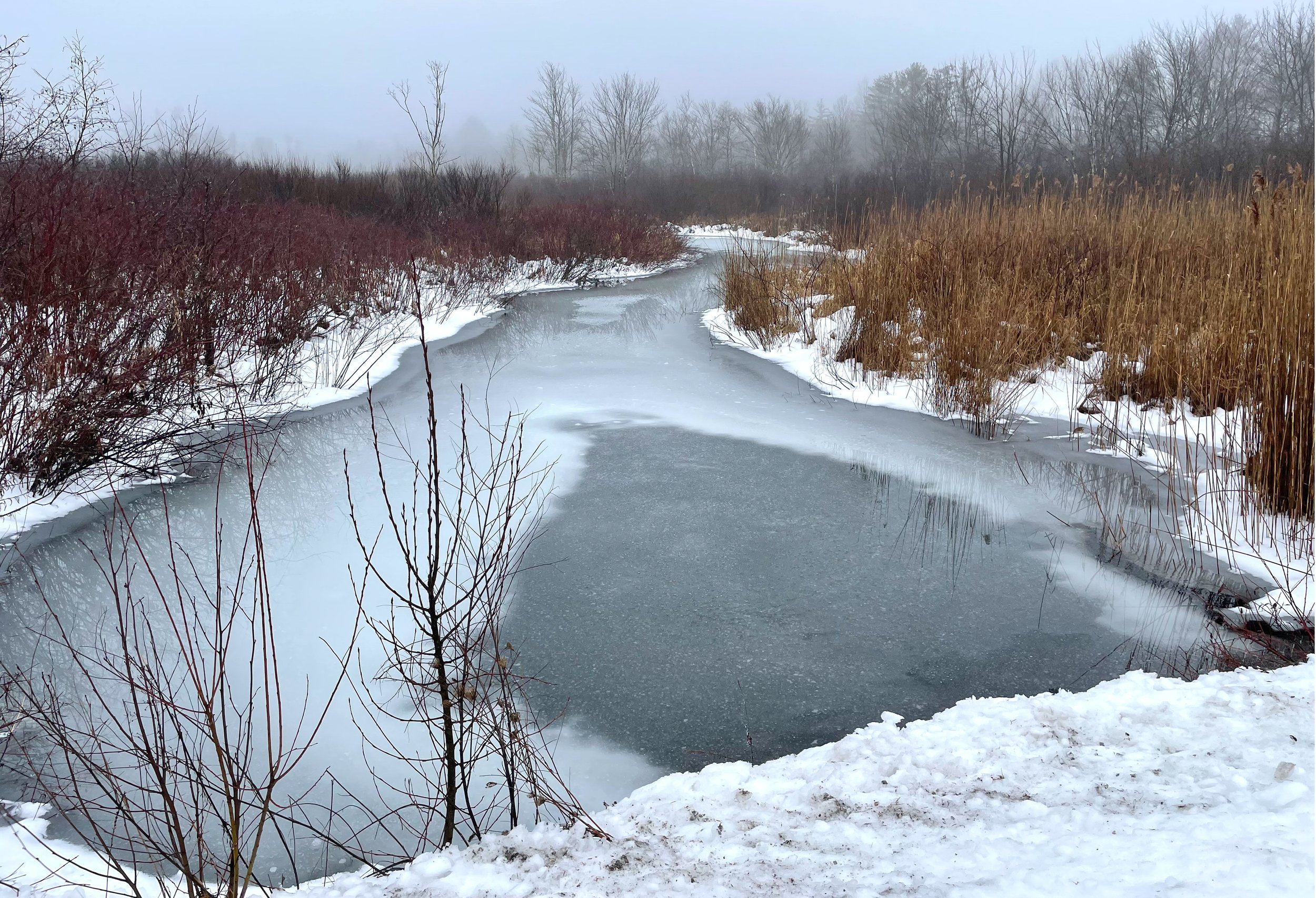Rutland County Audubon’s May marsh walk was one of the rainiest we have experienced in almost a quarter century of monitoring. It came down in buckets! This month we were joined by the Rutland Young Professionals, a hardy group!
Smile! The Whipple Hollow Trail wildlife camera caught our wet group coming off the first boardwalk.
Forty-six species were tallied, low for this time of year, but nevertheless there were highlights.
A Virginia Rail was heard near the Marble Street boardwalk and further down Marble Street a Least Bittern was spotted by some in the group. A life bird for a couple of our birders!
Needless to say, no raptors were reported. A single Turkey Vulture took off from its perch as we walked by.
Flycatchers were well-represented with Eastern Wood-Pewee, Alder Flycatcher, Willow Flycatcher, Eastern Phoebe and Eastern Kingbird seen or heard.
The Whipple Hollow Trail was fairly quiet, but we still heard Canada Warbler, Northern Waterthrush and Pine Warbler among others, singing in their usual spots. Overall, nine warbler species were noted during the morning’s walk.
Our next walk is scheduled for June 12, at 7 a.m., meeting at the Marble Street boardwalk.
Today’s list can be found here: https://ebird.org/tripreport/379200
There were occasional pauses in the downpour. Photo by Sue Elliott.




































